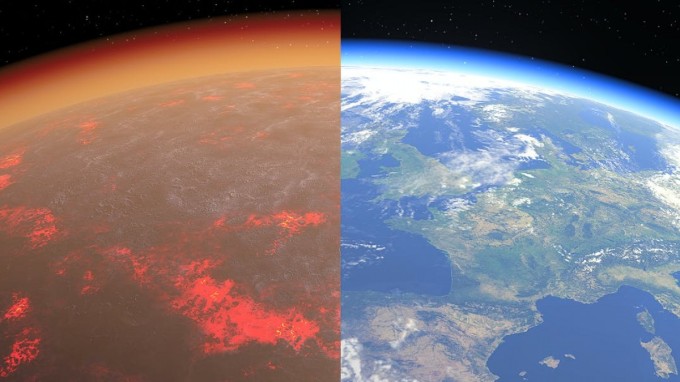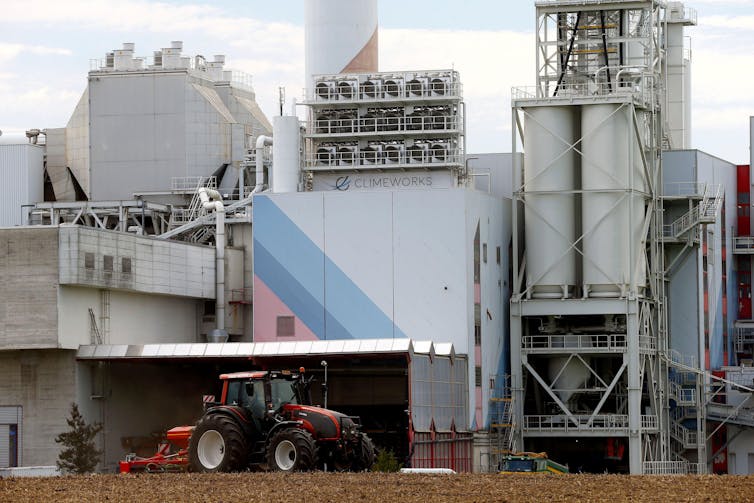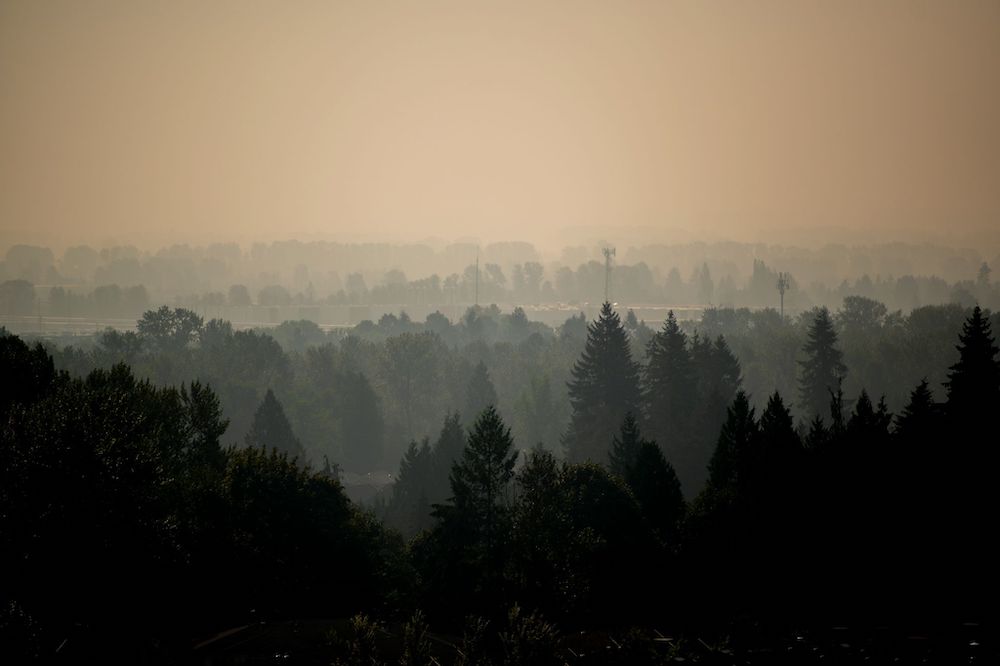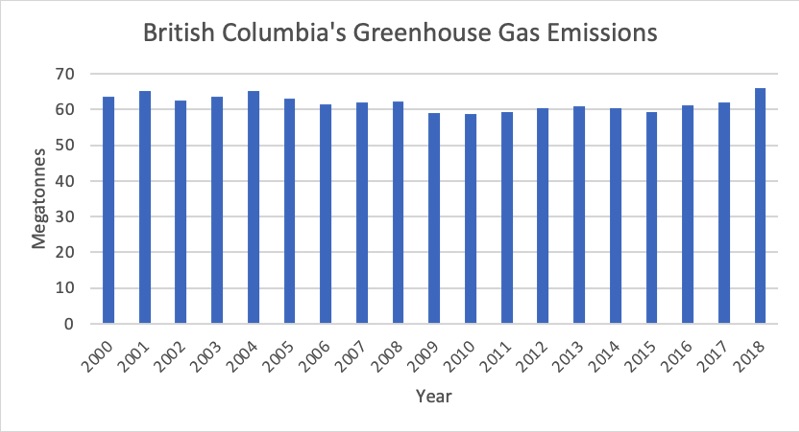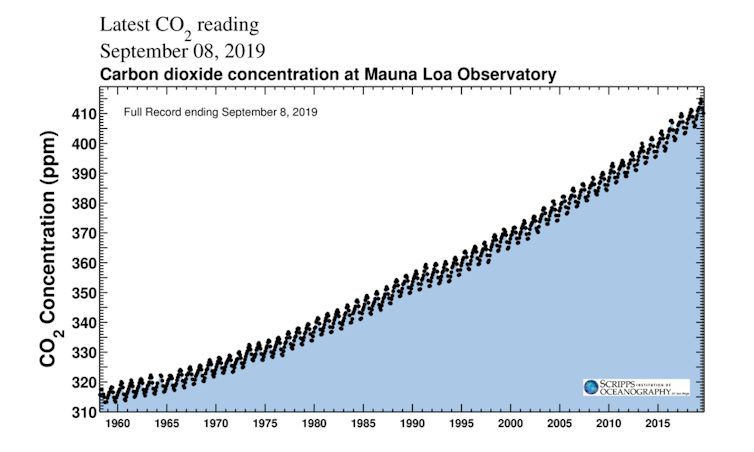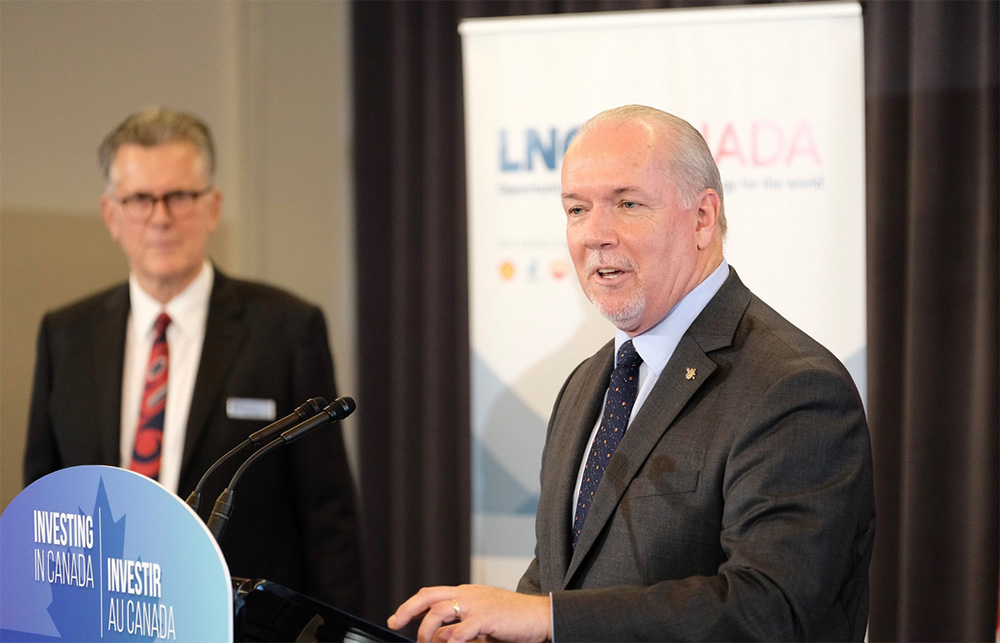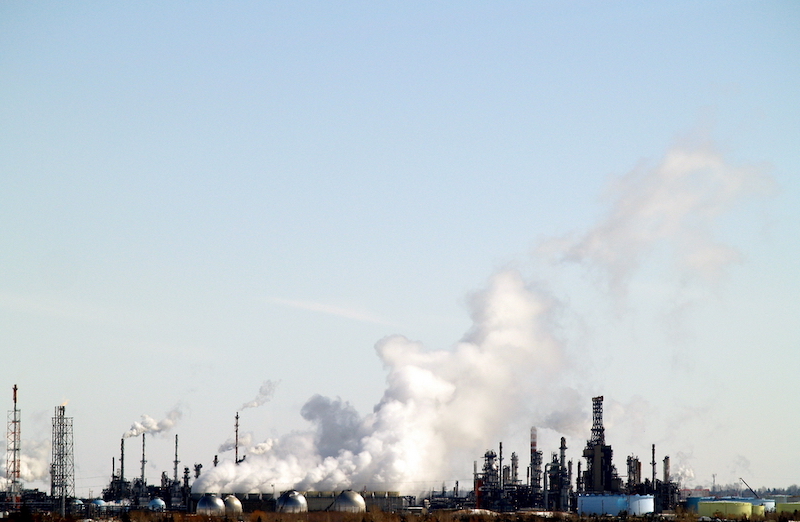I have previously shown that it is too late to mitigate, by at least fifty years (see my earlier blog post of 18 January 2021). Central to that argument are the facts of self-reinforcing feedback loops, tipping points, and the realization that temperature increases from higher concentrations of Greenhouse Gases (GHGs) in the atmosphere have now led to greater amounts of GHGs being emitted from the planet itself rather than just from human activity.
But now it must be shown that the mitigation of human GHGs emissions can NEVER stabilize, let alone reduce, the greenhouse gas effect. I return to the ‘blanket’ analogy, since this is a helpful way of explaining how greenhouse gases trap heat from escaping into space, thus warming the planet. It is like adding a blanket on a bed that you are sleeping in. As said before, there is a delayed response to the warming effect by adding ‘blankets’. It is not instant… about 10 – 20 years for the planet by adding CO2 into the atmosphere.[1]
Mitigation of human generated GHGs is possible, but we have no control over ‘natural’ GHGs emitted from the planet. But that is not the major problem here. It is that over the last few hundred years there has been a massive accumulation of GHGs in the atmosphere. Every year for the last fifty years or more, humans have added tens of billions of tonnes of CO2e annually. The amount back in 1990 was about 35 billion tonnes annually. Now it is more than 50 billion tonnes annually and showing no signs of becoming less despite political ambitions. In other words, we have been adding larger ‘blankets’ every year. Mitigation of human GHGs means adding smaller ‘blankets’, NOT the removal of blankets. So, here then is another reason why mitigation is futile.
…click on the above link to read the rest of the article…



